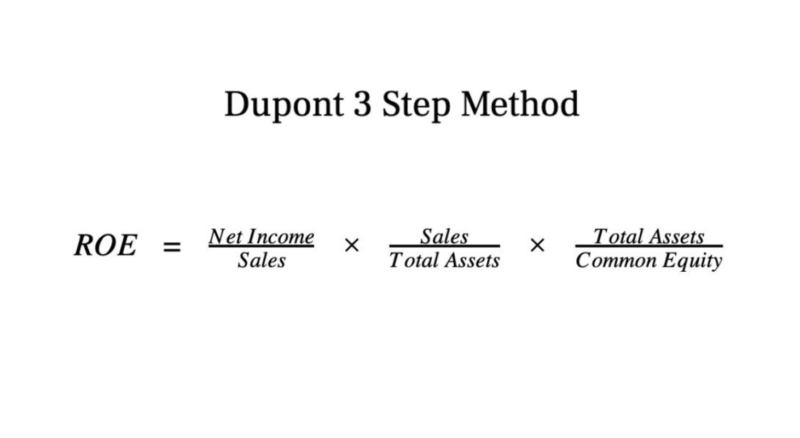
Tax shields vary from country to country, and their benefits depend on the taxpayer’s overall tax rate and cash flows for the given tax year. However, when it is deducted from taxable income, it has a positive cash flow effect in the form of tax saving – the depreciation tax shield. In capital budgeting, the amount available as depreciation tax shield can be treated as equivalent to either reduced cash outflow or increased cash inflow. For individuals, tax shields can be important in reducing their tax liability and increasing their after-tax income. The tax shield is a very important aspect of corporate accounting since it is the amount a company can save on income tax payments by using various deductible expenses. The higher the savings from the tax shield, the higher the company’s cash profit.
Top 130+ Investment Banking Interview Questions (
- No, tax shields do not guarantee a reduction in tax liability as they are dependent on a variety of factors, including the type of expense or cost being deducted and the tax rate.
- Tax shields can impact a company’s financial statements, particularly in the case of deferred tax assets and liabilities.
- Meanwhile, the company maintains its own depreciation calculations for financial statement reporting, which are more likely to use the straight-line method of depreciation.
- By taking advantage of deductions like mortgage interest, medical expenses, charitable donations, and depreciation, taxpayers can significantly reduce their tax bills.
- The two types of accelerated depreciation are Section 179 expenses and bonus depreciation.
- Let us take the example of another company, PQR Ltd., which is planning to purchase equipment worth $30,000 payable in 3 equal yearly installments, and the interest is chargeable at 10%.
An operating loss tax shield is the tax benefit that arises when a company incurs losses in a particular year. These losses can be carried forward to future years, and can be used to offset taxable income in those years, thereby assets = liabilities + equity reducing the company’s tax liability. This interest is deductible from taxable income, reducing the company’s tax liability. As a result, companies may choose to finance their operations through debt rather than equity to take advantage of this tax shield. A tax shield works by reducing a company’s taxable income, which in turn reduces the amount of taxes owed. The tax shield is created by deducting certain expenses and costs from a company’s taxable income, which reduces the amount of income subject to taxation.
What is Depreciation and How to Calculate Its Tax Shield Effect in Your Capital Budgeting Analysis

Since depreciation is a non-cash expense and tax is a cash expense there is a real-time value of money saving. The traditional method is more suitable for projects that have a stable capital structure and a constant interest rate. The APV method is more flexible and can accommodate changes in the financing and the interest rate over time. Where $w_d$ is the weight of debt, $r_d$ is the cost of debt, $w_e$ is the weight of equity, $r_e$ is the cost of equity, and T is the tax rate. The risk-free rate is 5%, the market risk premium is 8%, and the beta of the project is 1.2. Identify the relevant cash flows of the project, such as initial investment, operating cash flows, salvage value, etc.
Example: Depreciation Method Tax Impacts

Let us take the example of another company, PQR Ltd., which is planning to purchase equipment worth $30,000 payable in 3 equal yearly installments, and the interest is chargeable at 10%. The company can also acquire the depreciation tax shield equipment on lease rental basis for $15,000 per annum, payable at the end of each year for three years. The original cost of the equipment would be depreciated at 33.3% on the straight-line method. Here, we explain the concept along with its formula, how to calculate it, examples, and benefits. You may also look into the related articles below for a better understanding. Finally, we conclude on account of the above-stated cases that a tax shield can be utilized as a valuable option for effectively evaluating cash flow, financing, etc., activities.


As always, consult with financial professionals or tax experts Car Dealership Accounting for specific advice tailored to your situation. A tax shield is a way that you can reduce the total amount of taxes owed on your federal tax return. Tax shields can vary slightly depending on where you’re located, as some countries have different rules. Understanding capital budgeting projects is essential for businesses to make informed investment decisions. From various perspectives, Tax Shield is seen as a valuable tool for businesses to optimize their financial decisions. Firstly, it allows companies to reduce their taxable income, resulting in lower tax liabilities.

So, if they do it later in the year, they will not be in a position to achieve maximum saving on their taxable income. At its core, the concept of a tax shield revolves around the idea that interest payments on debt can be used to reduce a company’s taxable income. By leveraging debt financing, companies can shield a portion of their profits from taxation. This strategic maneuver allows them to optimize their capital structure and enhance overall shareholder value. In the intricate world of capital budgeting, where financial decisions shape the destiny of projects and companies alike, the concept of tax shields emerges as a powerful ally.
